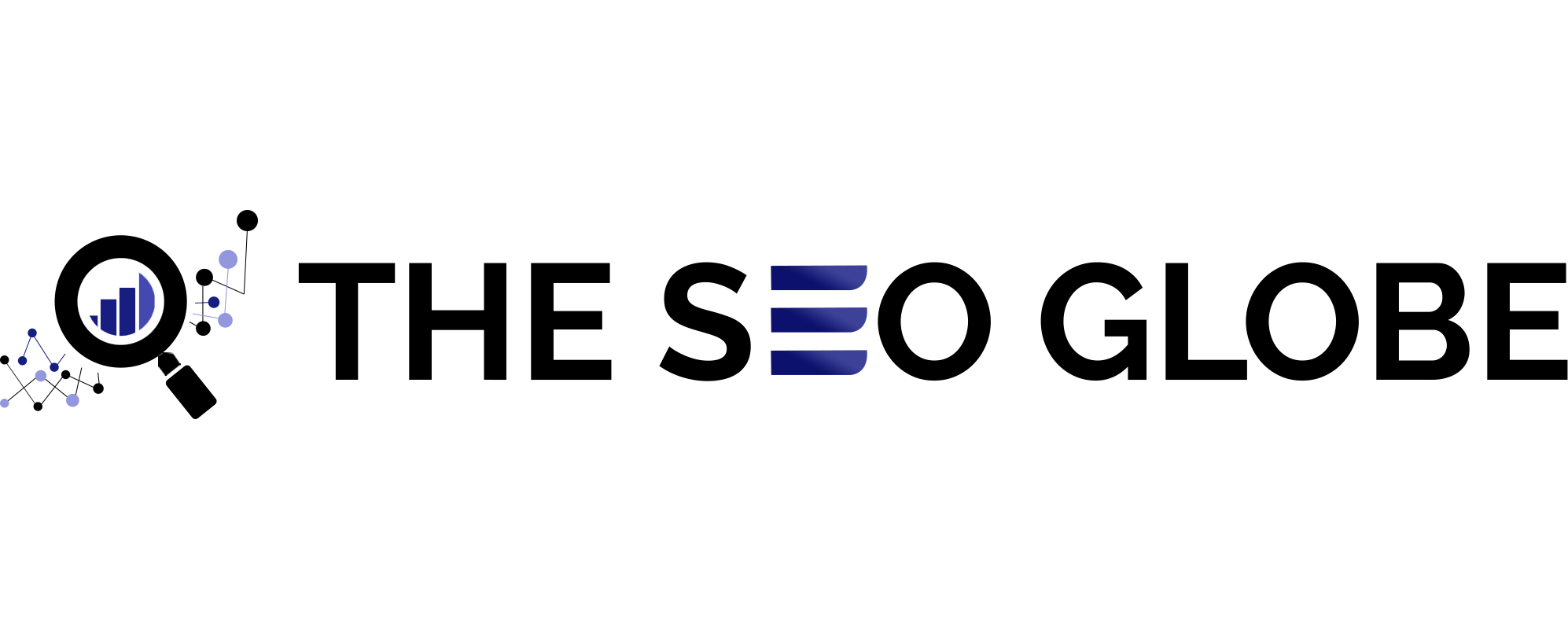Google has no chill, another big change in the industry of digital marketing and higher ranking is this new crawler, Google-CloudVertexBot! Explore how it is impacting the indexing of pages.
 The digital world is changing every second, and it’s pretty tough to keep updated. One of the very new developments that drew the eyeballs of webmasters and SEO experts alike is the introduction of a new Google crawler called Google-CloudVertexBot. This crawler is just another step on the way toward refining the AI of Google, and it probably will change things in site management. In this blog, we will examine what Google-CloudVertexBot is, how it works, and the best practices for dealing with it.
The digital world is changing every second, and it’s pretty tough to keep updated. One of the very new developments that drew the eyeballs of webmasters and SEO experts alike is the introduction of a new Google crawler called Google-CloudVertexBot. This crawler is just another step on the way toward refining the AI of Google, and it probably will change things in site management. In this blog, we will examine what Google-CloudVertexBot is, how it works, and the best practices for dealing with it.
What is Google-CloudVertexBot?
Google-CloudVertexBot is a new crawler, provided by Google. According to the defined specification of this bot, it is mainly a website crawler. It will crawl websites upon request from site owners who are developing Vertex AI Agents. Vertex AI is a development and deployment platform for machine learning models provided by Google. This crawler helps in this development process by accessing and processing data from target sites.
Unlike Googlebot, which indexes pages to facilitate the results for a search engine, it is rather different in the case of the Google-CloudVertexBot. As opposed to the working behaviour of Googlebot, which keeps crawling the web continuously in order to collect and index all the content for search results, Google-CloudVertexBot has served some special purposes instead. It finds applications mostly for internal purposes regarding AI model development and not for conventional search engine indexing.
How does Google-CloudVertexBot Work?
In itself, the functioning of Google-CloudVertexBot is quite specific. It crawls websites only on request by their owners, who are the Vertex AI Agents developers. That’s to say that the bot doesn’t visit and index web content independently. Its crawling activities are executed based on explicit requests from people needing it for their AI projects.
The user-agent for Google-CloudVertexBot is `Google-CloudVertexBot`. This allows a site owner to identify, in their weblogs, the traffic of this specific bot. In case you see requests originating from this user agent then you can rest assured that the traffic is particular to this crawler and not others of Google’s bots or for general search engine indexing purposes.
Understanding the Documentation and Its Implications
One of the problems with Google-CloudVertexBot is that its documentation is quite vague. It is said not to index public sites at all. The bot is supposed to help in the development of AI by crawling the sites only upon request. This focus on the development of AI rather than traditional indexing makes this, unlike any other crawlers by Google.
The changelog of Google-CloudVertexBot, however, explicitly explains that this crawler has been introduced to enable site owners to identify the traffic it produces. This raises the question: Should you block this crawler or is it safe to let it scrape your site?
Shall You Block Google-CloudVertexBot?
Keeping in mind the unclear documentation, it is very arguable that blocking Google-CloudVertexBot is quite a precautionary measure. Doing this basically involves adding certain directives in your `robots.txt` file, a standard way to manage the access of a crawler to your site. It will let you keep that crawler away from your site’s content in case you are not sure about its behaviour or possible impact.
The `robots.txt` file is used to control the interactions crawlers have with your site. Though it sounds very paranoid, blocking Google-CloudVertexBot dispels the paranoia. If you’re unsure what the bot really does or is intended for, then you can limit its access to prevent problems.
Best Practices for Management of Crawlers
- Periodical Reviewing of Your `robots.txt` File: It’s very important to update your `robots.txt` file once in a while. Periodic review helps in altering permissions with new information or structure changes on your site. This file regulates which crawlers may have permission to access parts of your website.
- Watching Your Web Logs: It’s critically important to know who hits your servers. Of course, the monitoring of server logs will definitely reveal the activity of different crawlers. Looking through these logs, you will be able to find extraordinary patterns or any kind of traffic that might relate to new bots like Google-CloudVertexBot. This keeps you informed about who has come to your site and when.
- Stay Informed of Updates: Keeping up with the updates and new changes in the continually changing digital marketing and SEO space is very crucial. Keep yourself posted on official documentation and the latest industry news to help you keep your fingers on the pulse regarding new developments likely to have a bearing on your website. This proactive attitude helps you to adapt to new challenges and opportunities.
- Professional Consultation: If any of the above steps seem vague to you regarding the implications of a new crawler or how it should be managed, consult with SEO professionals or any digital marketing experts. Such experts can give you customized advice depending on your particular needs and circumstances, thus helping you make an informed decision when managing crawlers.
The Future of Crawlers and AI
The introduction of Google-CloudVertexBot showcases the rising intersection between AI and web crawling. With further advancements in AI technology, we can foresee a new generation of crawlers and bots that specialize in different facets of AI development and deployment. Understanding such tools and their functions will be of prime necessity to site owners and digital marketers who want to be ahead of the game in this fast-moving digital world.
In a nutshell, Google-CloudVertexBot brings another dimension to web crawling with its AI development. This introduces an entirely new element into the life of crawlers. But again, you can manage its impact effectively if you are only proactive and informed. Knowing the purpose of the bot, monitoring activity, and taking relevant actions. This will let you manage your website’s behaviour with respect to the bot keeping it well-managed and optimized for AI alongside traditional search engines.
Also Read: Google’s August 2024 Core Update: What We’re Seeing So Far and What It Means for Your Site

